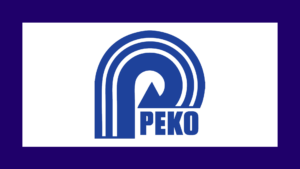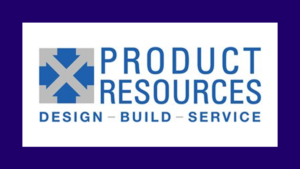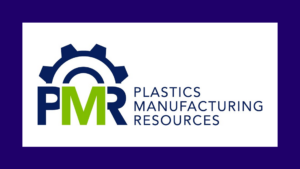Sourcing the Right Components for Prototyping
So many things go into the process of designing and building a prototype. Here are a few general steps in the process.
– Find a problem your company wants to solve
– Discuss ideas with your team
– Research existing knowledge and technology
– Design a concept
– Explore the market (Does one exist?)
– Calculate costs to produce, market, and sell the product
– Discover sources to amass the necessary parts
Each step can be challenging and they’re all equally important. It may seem like once you’ve done the research and design, the rest is a breeze, but that’s not the case. It’s smart to pay attention to that last step, too.
ONE STOP SHOPPING ISN’T ALWAYS THE BEST IDEA
The process of sourcing parts for a prototype can be challenging for a startup. You’ve already put so much work into it, you may be tempted to gather all the necessary components from the same distributor. Sure, it would check off the items on your list, but you want to do more than that. You want to create a singular product. One that shows your design in the best possible light. You also want it to run smoothly — every time and in every demo.
That’s when it makes sense to gather those important parts from a company that specializes in just what you’re looking for. It also makes sense for that company to provide resources so you can ask questions and get the help you need. Back in the early 1900s, Sears, Roebuck, and Co. printed a giant catalogue, filled with its vast inventory. At that time, Sears & Roebuck could sell you a baby doll, ice skates, silk stockings, or a house. These days, there are a lot of industrial suppliers who follow the Sears playbook, offering customers springs, calipers, tote bags, gaskets, and bearings. The existence of this one-stop-shopping resource may seem ideal for startups seeking parts for prototypes. Sometimes, expedience doesn’t mean efficiency — or quality.
DOES THE DISTRIBUTOR UNDERSTAND MY PRODUCT?
When doing the legwork, or Google work on components for your prototype, you may want to factor in the expertise of the company and their employees. Do they have experience in your industry? Can you speak to an actual employee? Do they have the relevant product knowledge? Are they flexible enough to present you with product alternatives? Do they stock the items you need? Finally, are they asking you the right questions?
When you call Alpine to find the right bearing for your prototype, an experienced sales engineer will ask you specific questions.
– What loads will the bearings need to carry?
– Will speed be a factor?
– In what temperature range will your prototype function?
– Will the prototype exist in a clean room or dust bowl?
– For what industry or application will your prototype work?
Alpine’s sales engineers draw on decades of bearing knowledge and expertise to provide you with an array of bearing options, based on your product, application, and budget. We become an extension of your team, invested in the success of your device. Your company matters. Your prototype matters. Your distributor matters, too. For more information on Alpine Bearing, visit our website. You can also check out our bearing glossary or information on bearings and bushings here.






